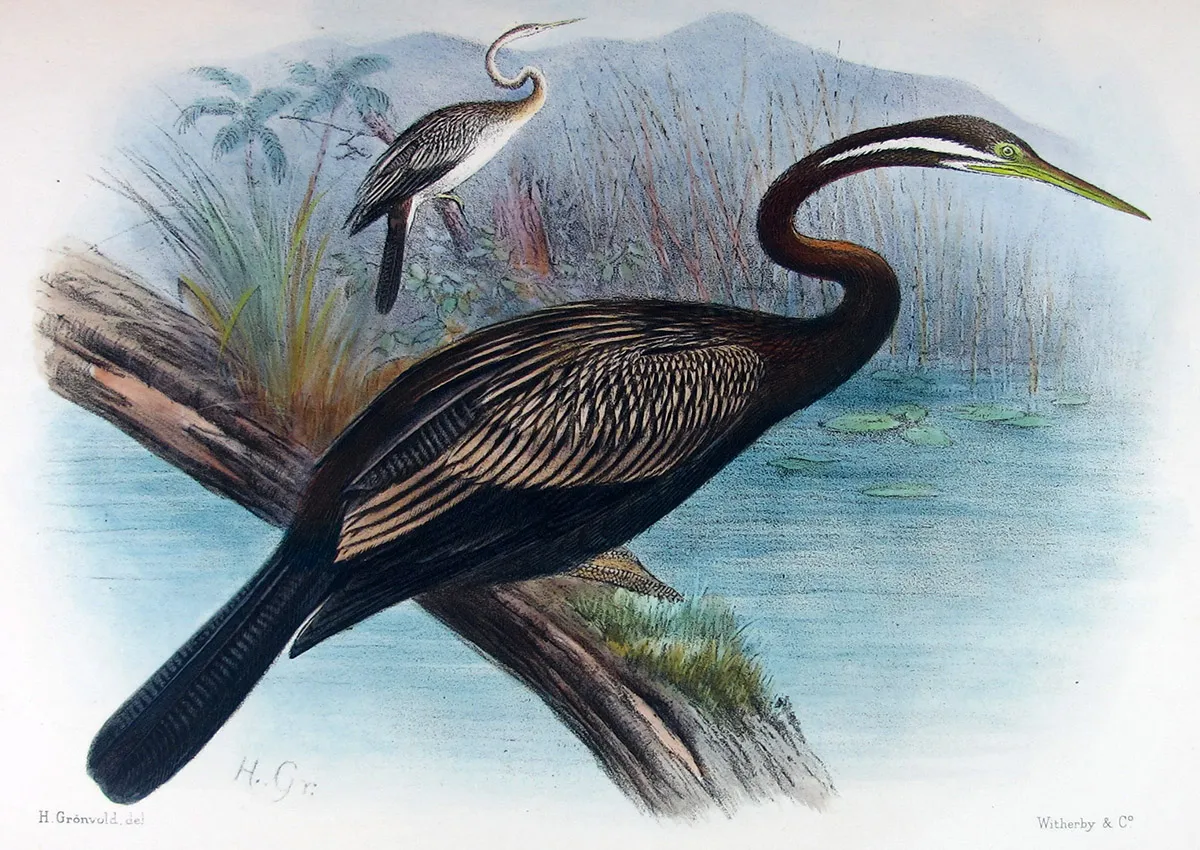Henrik Grönvold (1858–1940) was a master of early 20th-century ornithological illustration, celebrated for his calm compositions, refined colors, and contributions to Mathews’ “The Birds of Australia.”
Latest posts
-
 J.G. Keulemans: Precision and Passion in Ornithological IllustrationRead more
J.G. Keulemans: Precision and Passion in Ornithological IllustrationRead moreJohannes G. Keulemans, the master illustrator of 19th-century ornithology, blended scientific precision with poetic calm. His hand-colored bird engravings remain timeless icons of natural history art, treasured by collectors and perfect for refined interior spaces seeking beauty, heritage, and quiet elegance.
-
 Gregory M. Mathews and The Birds of Australia: A Monument of Ornithological AmbitionRead more
Gregory M. Mathews and The Birds of Australia: A Monument of Ornithological AmbitionRead moreGregory M. Mathews’ The Birds of Australia is a monumental blend of taxonomy and art. This article explores the project, its leading illustrators and how the original plates still work today as both scientific documents and sophisticated wall pieces for contemporary interiors.
-
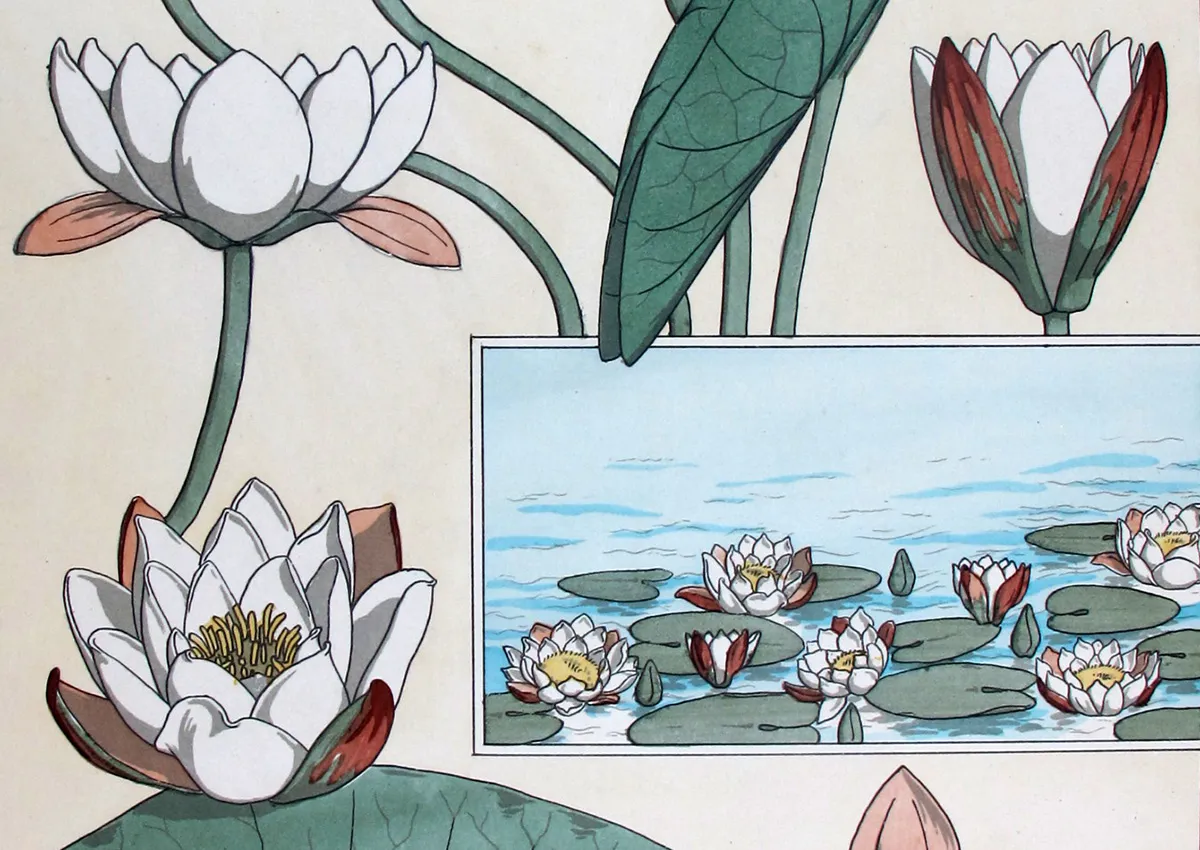 Pochoir or Lithograph? Understanding the True Technique Behind Grasset’s La PlanteRead more
Pochoir or Lithograph? Understanding the True Technique Behind Grasset’s La PlanteRead moreIn the world of antique print collecting, the difference between pochoir and color lithography is more than a technicality — it defines how we interpret, date, and value a work. For Eugène Grasset’s La Plante et ses Applications Ornementales (1896), this distinction is especially critical. Many sellers and even some collectors describe the prints from La Plante as pochoir — a term that conjures up vivid, hand-applied color and Art Deco elegance. But this is incorrect.
-
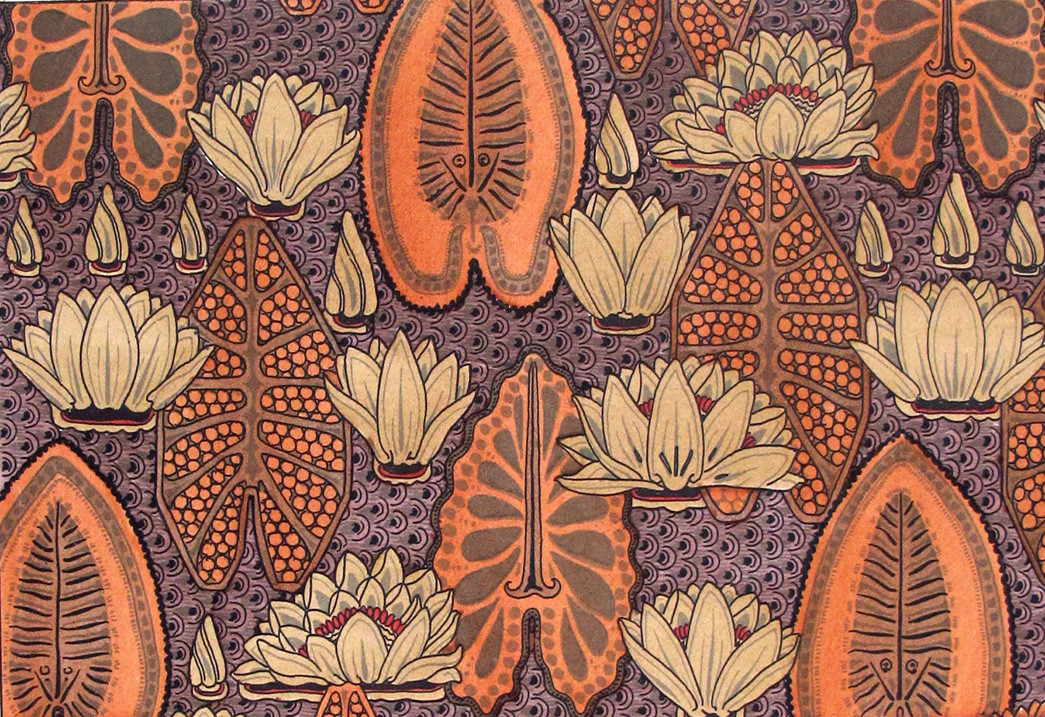 La Plante et ses Applications Ornementales: Eugène Grasset and the Birth of Modern Botanical DesignRead more
La Plante et ses Applications Ornementales: Eugène Grasset and the Birth of Modern Botanical DesignRead moreIn the golden age of Art Nouveau, few works embody the marriage between art and nature as perfectly as La Plante et ses Applications Ornementales (1896). Conceived under the direction of Eugène Grasset, one of the movement’s most influential figures, this stunning folio of botanical plates redefined the role of natural forms in the decorative arts.
-
 Émile-Allain Séguy and Prismes: Art Deco Geometry in Full ColorRead more
Émile-Allain Séguy and Prismes: Art Deco Geometry in Full ColorRead moreAt the intersection of biology, modernism, and decorative arts, Émile-Allain Séguy occupies a singular place. Best known for his striking Art Deco portfolios created through the labor-intensive pochoir technique, Séguy's work represents a unique synthesis of natural form and stylistic innovation. Among his lesser-known yet most visually compelling series is Prismes, a dazzling collection of 40 pochoir plates first published in Paris in 1931. At Prantique, we are proud to present a nearly...
-
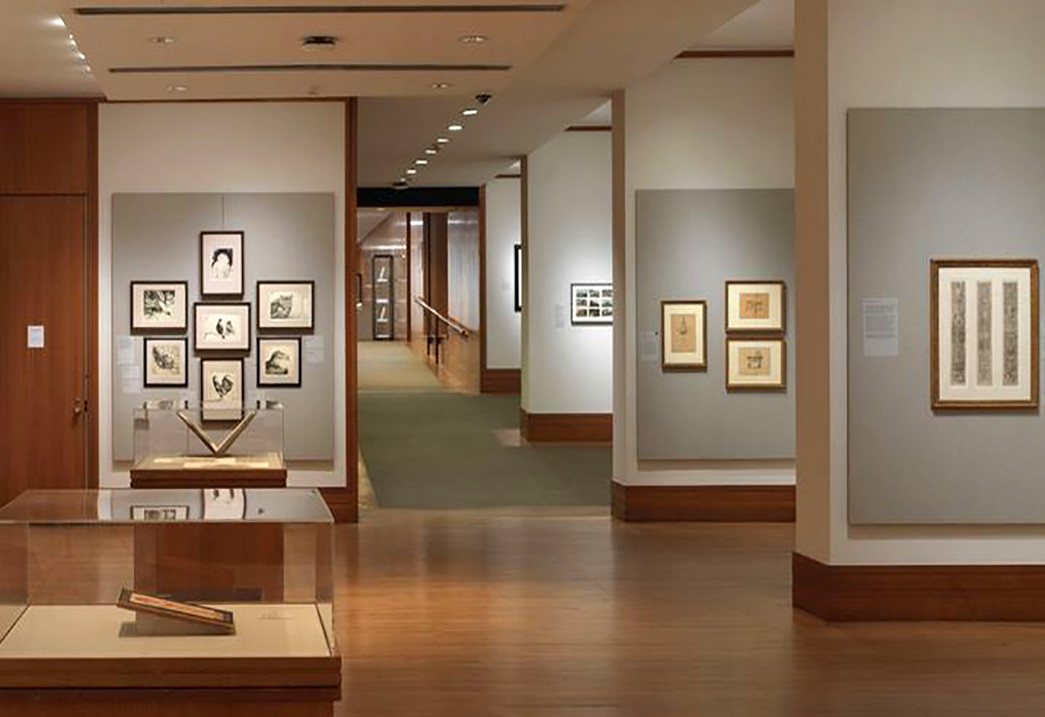 Émile-Allain Séguy: Nature, Color, and the Decorative Avant-GardeRead more
Émile-Allain Séguy: Nature, Color, and the Decorative Avant-GardeRead moreA Life Between Science and Style. Séguy’s art is more than decoration. It is a reminder that even in the age of machines, nature remains the most enduring source of pattern, color, and wonder.
-
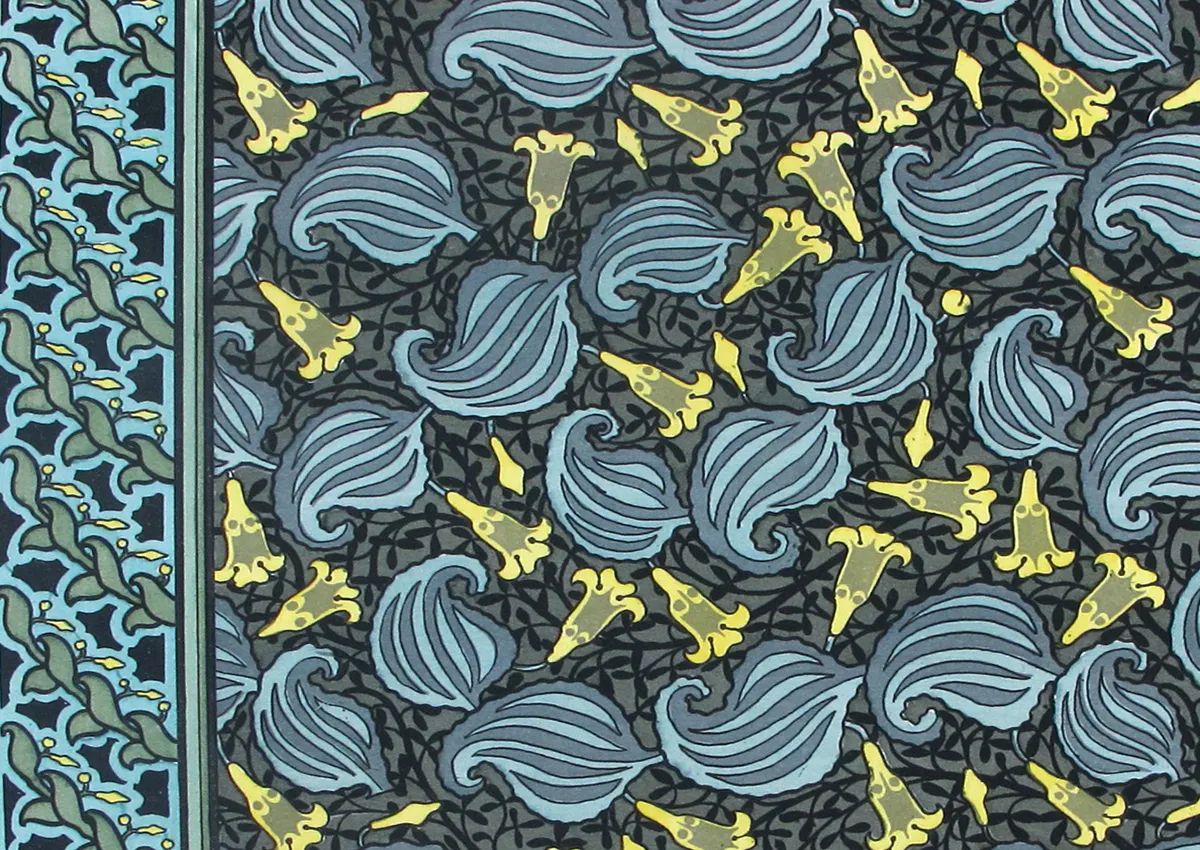 Eugène Grasset and the Art of Nature: The Origins of Modern Floral DesignRead more
Eugène Grasset and the Art of Nature: The Origins of Modern Floral DesignRead moreIn the heart of the Art Nouveau movement, Eugène Grasset stood out as one of the first artists to merge scientific observation with ornamental beauty. With his celebrated 1896 work La Plante et ses Applications Ornementales, Grasset created a bridge between the botanical world and the applied arts, transforming natural plant forms into decorative masterpieces. In this article, we introduce the man behind the work and the enduring relevance of this iconic collection.
-
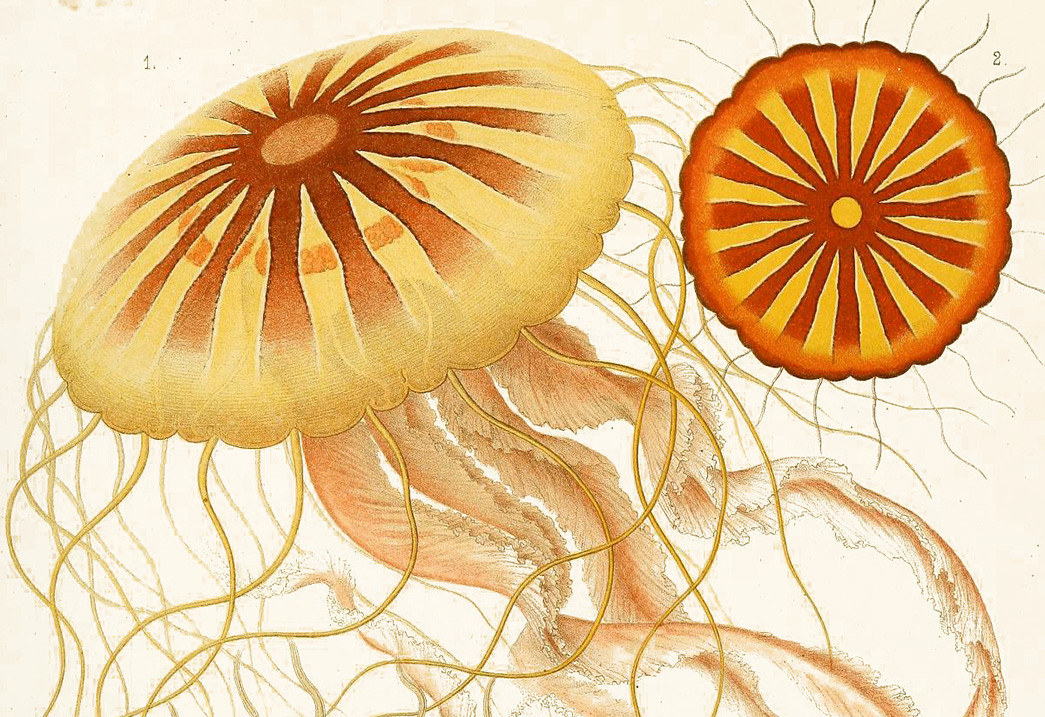 Ernst Haeckel and the Sublime Art of Das System der MedusenRead more
Ernst Haeckel and the Sublime Art of Das System der MedusenRead moreA scientific monograph that became a gallery of natural elegance. The German biologist Ernst Haeckel was fascinated by medusae, the umbrella-shaped animals commonly called jellyfish. For Haeckel, whose imagination was shaped in the Romantic era, medusae expressed the exuberant yet fragile beauty of Nature.

